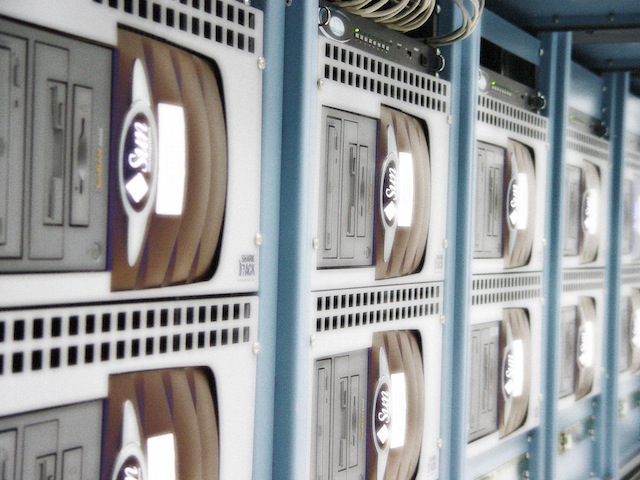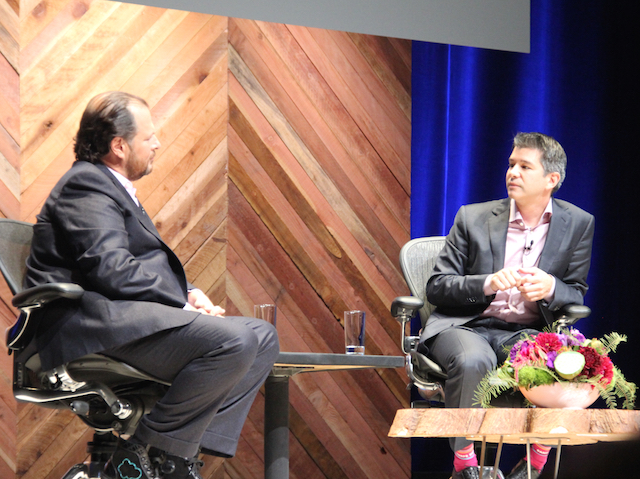Last week at the AWS:Reinvent conference in Las Vegas, I had the opportunity to interview the company’s Global Head of Enterprise Strategy, Stephen Orban about where he and Amazon see the direction of the cloud computing market and how business practices are being reinvented.
Among the things we discussed was Orban’s seven best practices for a company’s journey to the cloud, gleaned from his own experiences in his AWS role of advising clients on adopting and his previous experiences as a technology officer at Dow Jones and Bloomberg.
Orban laid out what he thinks are the keys to success in a company heading to the cloud in his own blog post and during our conversation he expanded on his ideas which also very much reflect the changing role of the CIO or IT manager.
Supporting the C-suite
The first point is the IT department has to understand the business and align technology with the organisation’s objectives.
“Somebody who understands technology who can merge technology with the business needs” will be better able to win the confidence of management says Orban.
Doing that is the key to winning support from the executive suite Orban believes. Once CIOs have that trust from senior management it gives their teams the space to experiment with new ways of delivering value to their companies.
Education
“The second thing is to provide training and education,” Orban says. “People tend to get a bit anxious of what they don’t know, particularly when it affects their jobs.”
In Orban’s experience, having informed staff makes them more open to change within the business, “with the transformation I went through at Dow Jones, most of what we accomplished was because of the people who’d been there a long term. They had the institutional memory but they were very open minded.”
Foster a Culture of Experimentation
One of the great benefits of cloud computing is how it lowers the costs of experimentation and development, “gone are the days when it cost hundreds of thousands of dollars, even millions, to try something.” Orban says.
Learning what works and fails is essential, he believes. But as long as there is executive support then a tolerance towards unsuccessful experiments will develop in the organisation.
Working with partners
Outside parties are essential to most organisation’s IT systems and Orban believes partner ecosystems have changed with the advent of cloud computing. “There’s a whole new breed of partners that have been going through this,” he says in citing ‘born in the cloud’ software developers and systems integrators who are changing how projects are being delivered.
Build a Center of Excellence
“Creating a center of excellence is, I think, one of the key practices any organisation should invest in. You want a body of people who can institutionalise best practice within an organisation,” observes Orban.
As cloud services take away the complexity of computer systems it becomes an opportunity for organizations to rethink boundaries between the IT department and business operations.
Move to the cloud
Given Orban’s employer it’s not surprising he sees cloud computing as key to a company’s transformation however he admits that few organisations will make the jump straight into cloud services.
“Hybrid will be a part of every enterprise’s journey. Any company who’s been doing IT for any period of time will have existing investments,” he says. “Our view is that we will make it as easy as possible to create that bridge.”
“We do believe in the long run that enterprises will find they become so much more effective over here (in the cloud) they will move in that direction.
A Cloud-First Policy
Once an organisation has its cloud strategy and experimentation culture in place then having a ‘cloud first’ policy, “it reverses the burden of proof away from ‘why would you use the cloud?’ to ‘why wouldn’t you?’”
While Orban is emphasising the Amazon Web Services view of the world where ultimately all business computing will be done on the cloud – preferably their cloud – his views illustrates the change facing businesses as they implement online technologies.
For most, the availability of easily accessible cloud computing services is an opportunity to rethink their business processes and how organisations can deliver the best products quickly to their customers.




